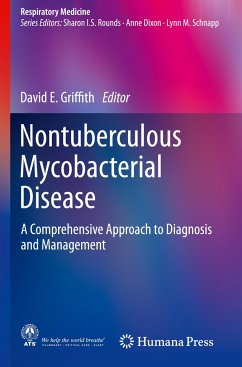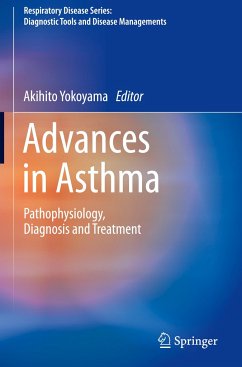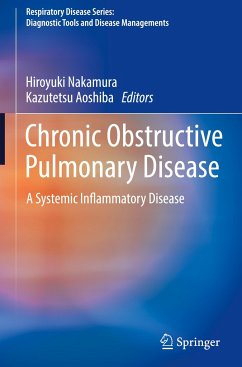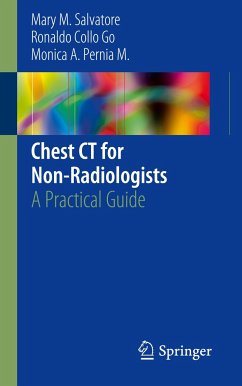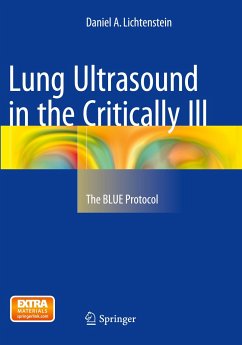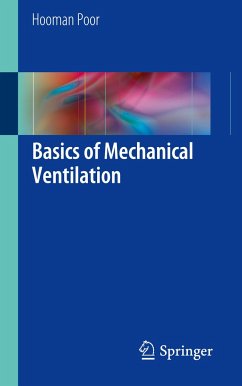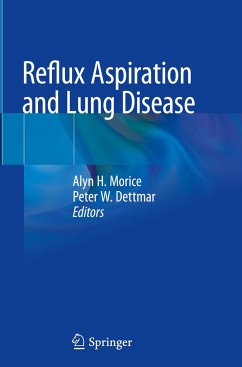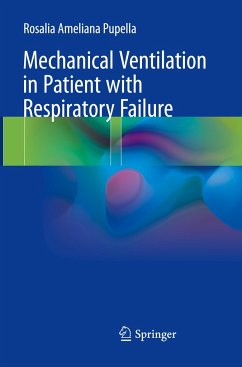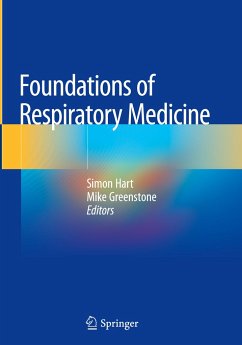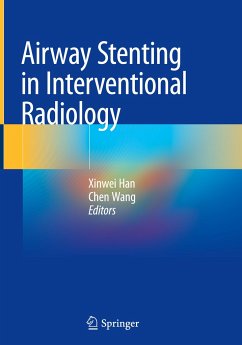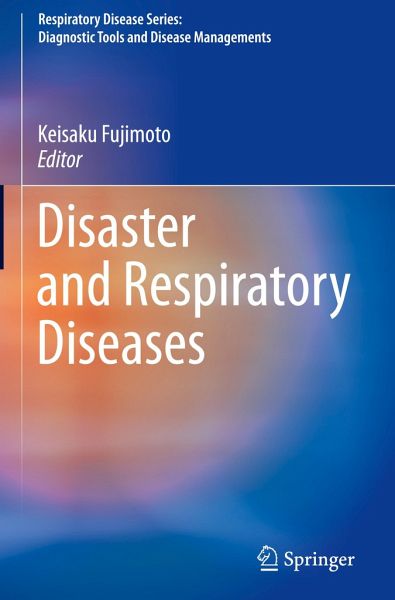
Disaster and Respiratory Diseases

PAYBACK Punkte
38 °P sammeln!
This book provides valuable data on the outbreak, aggravation, treatment and prevention of respiratory diseases based on prior experiences of natural disasters such as earthquakes and tsunamis. Poor hygiene and air pollution can lead to the onset of pneumonia and other respiratory disease, while a lack of medical supplies aggravates existing pulmonary diseases such as chronic obstructive pulmonary disease and asthma. Furthermore, there are cases where those forced to live in cramped conditions, such as cars, following a disaster have developed pulmonary thromboembolism as a result of deep vein...
This book provides valuable data on the outbreak, aggravation, treatment and prevention of respiratory diseases based on prior experiences of natural disasters such as earthquakes and tsunamis. Poor hygiene and air pollution can lead to the onset of pneumonia and other respiratory disease, while a lack of medical supplies aggravates existing pulmonary diseases such as chronic obstructive pulmonary disease and asthma. Furthermore, there are cases where those forced to live in cramped conditions, such as cars, following a disaster have developed pulmonary thromboembolism as a result of deep vein thrombosis. The large numbers of patients diagnosed with respiratory diseases make understanding the links between natural disasters and pulmonary disease vital.
Disaster and Respiratory Diseases is a valuable resource for all medical staff, including physicians involved in primary care, respiratory medicine and infection control and emergency medicine, as well as respiratory surgeons. Itis also useful to national and regional governments concerned about anti-disaster measures.
Disaster and Respiratory Diseases is a valuable resource for all medical staff, including physicians involved in primary care, respiratory medicine and infection control and emergency medicine, as well as respiratory surgeons. Itis also useful to national and regional governments concerned about anti-disaster measures.



